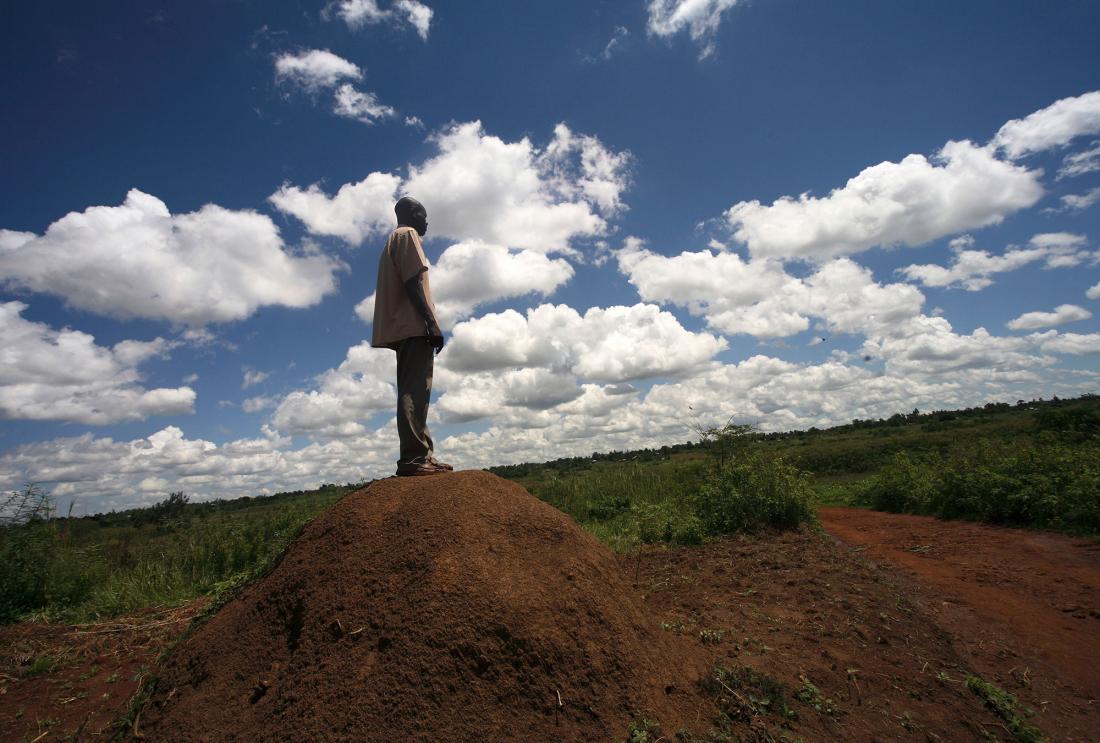Promoting Adoption of New Rice Varieties: Addressing the Costs of Early Adoption in Sierra Leone
- Farmers
- Technology adoption
- Fertilizer and agricultural inputs
- Training
- Subsidies
New agricultural technologies, such as high-yielding crop varieties, offer the promise of increased productivity, but adoption of these technologies has often been slow, particularly in sub-Saharan Africa. In Sierra Leone, researchers are testing whether price subsidies and agricultural extension training can reduce the costs of early adoption, and whether using the improved seed varieties will ultimately benefit poor farmers.
Policy issue
Agricultural productivity has stagnated in much of sub-Saharan Africa, while many other regions of the world have seen dramatic productivity improvements in recent decades. New agricultural technologies, such as high-yielding crop varieties, offer the promise of improving productivity and hence the welfare of farmers. But adoption of these technologies has often been low in countries where dissemination programs have been conducted. First adopters of new technologies play an important role in the spread of technology as they take on the burden of experimentationtesting whether and how a new variety works in local conditions. This is particularly important in much of sub-Saharan Africa where a multiplicity of micro climates within a small area means that experimentation is essential for farmers to learn which crop varieties are best for their particular land. There is also concern that early subsidization to increase adoption of new technologies will lead to expectation of continued subsidies, depressing demand at market prices.
Context of the evaluation
Many African countries do not produce enough rice to meet their growing consumption needs. Sierra Leone, a net exporter of rice before the civil war, must now import a third of its total consumption at a high cost. Low rice production is a threat to food security for vulnerable groups, particularly the rural poor who grow rice as their primary staple diet.
A promising solution is the dissemination of high-yielding rice varieties, such as the New Rice of Africa (NERICA) varieties, which have become known as the "miracle crop" for African rice farmers because they combine the genetic qualities of Asian rice (high yielding) and African rice (high resistance to drought and disease). NERICA also has shorter maturity and so can be harvested in the hungry season with potential food security benefits. However, there are also concerns that NERICA requires more labor and must be dried during the rainy season. Current estimates suggest only 2 percent of farmers in Sierra Leone use NERICAs. Improved varieties cost farmer 40 to 100 percent more than traditional varieties, representing a significant barrier to adoption amongst poor farmers.

Details of the intervention
Researchers sought to test whether improved seeds are beneficial for the poor in Sierra Leone and how best to promote uptake given the high costs of early adoption. Early adopters generate positive externalities to surrounding farmers and communities by delivering information on the effectiveness of new varieties and how to make the most of them in local conditions.
In 2011, a random sample of 5 farmers in each of 36 communities received half a bushel of NERICA-3, a short-duration variety of rice with the potential for high yields. These farmers also received regular visits from agricultural extension workers who provided practical advice on how to cultivate these seeds.
In 2012, researchers will test a more complex set of incentives that includes: (1) a price subsidy scheme allowing farmers to purchase new seeds at lower than market price, and (2) provision of targeted agricultural extension work involving community demonstration plots. The second year of the intervention will include four treatment arms, each with approximately 40 communities under three different schemes:
Pricing Scheme:
- T1: Farming households offered NERICA-3 variety at 0 percent subsidy (market price)
-
T2: Farming household offered NERICA-3 variety at 50 percent subsidy.
-
T3: Farming households offered NERICA-3 variety at 100 percent subsidy (free)
ROK-16 Scheme:
-
T4: Farmers are offered ROK-16 at 100 percent subsidy (free)
Training Scheme:
-
Each of these four treatment groups are cross-cut so that half of the communities in each treatment group will receive a targeted training program intended to assist the farmer in adapting to the cultivation techniques specific to the new variety of rice they acquired.
The pricing scheme aims to test the hypothesis that a one-time subsidy can reduce the adoption cost for early-adopters and have a long-lasting effect on both the beneficiary and their neighbors. The training scheme aims to reduce the cost of learning by providing information on how well the seed works in the community (through a demonstration plot) and on how to cope with some of the features specific to the new variety of rice.
In 2013, ten farmers from the 160 treatment communities as well as ten farmers from an additional 40 control communities will be offered the chance to purchase NERICA-3 at full market price without targeted access to extension work. Key outcome variable to be measured at the endline include: (1) the amount of improved rice variety seeds (NERICA-3 and ROK-16) purchased and planted; (2) the impact of subsidies and training on purchasing decisions in subsequent years; (3) planting of other rice varieties and other crops; and (4) yields, consumption, and food security.
Results and policy lessons
Study in implementation, results forthcoming.
